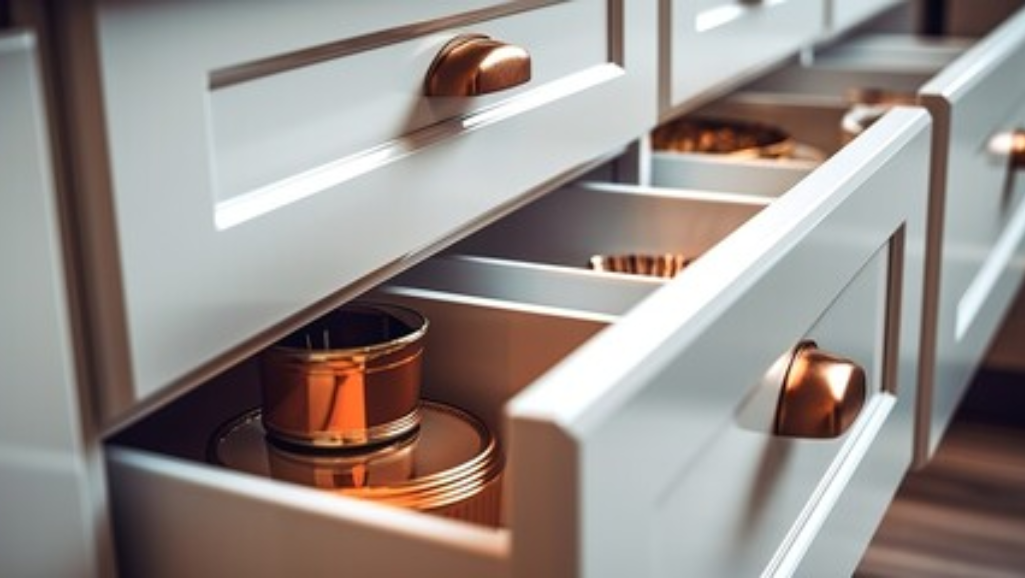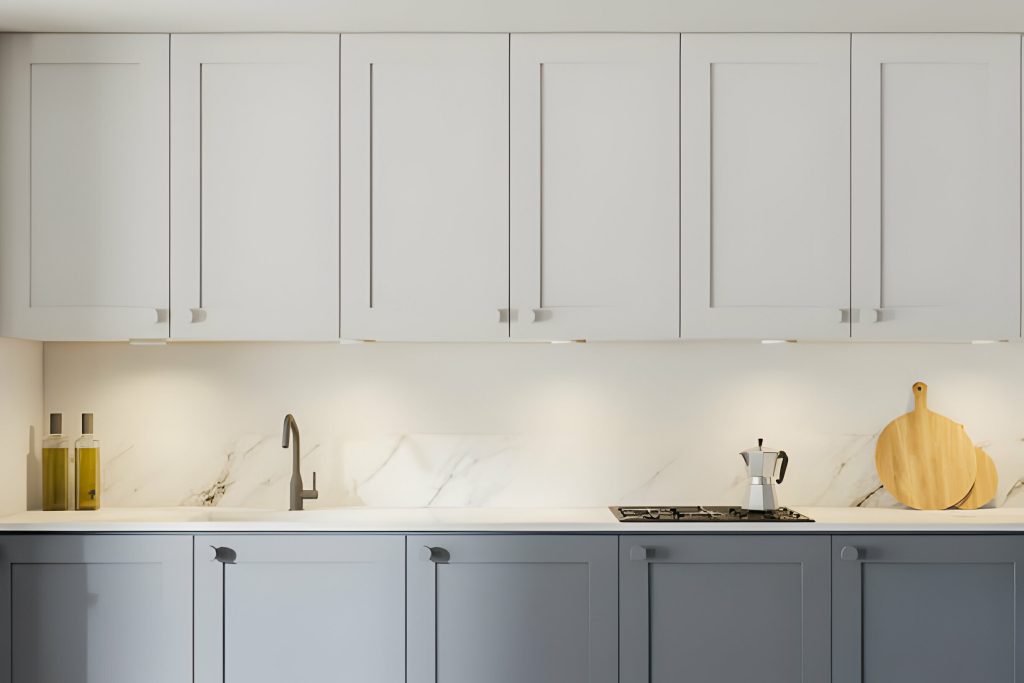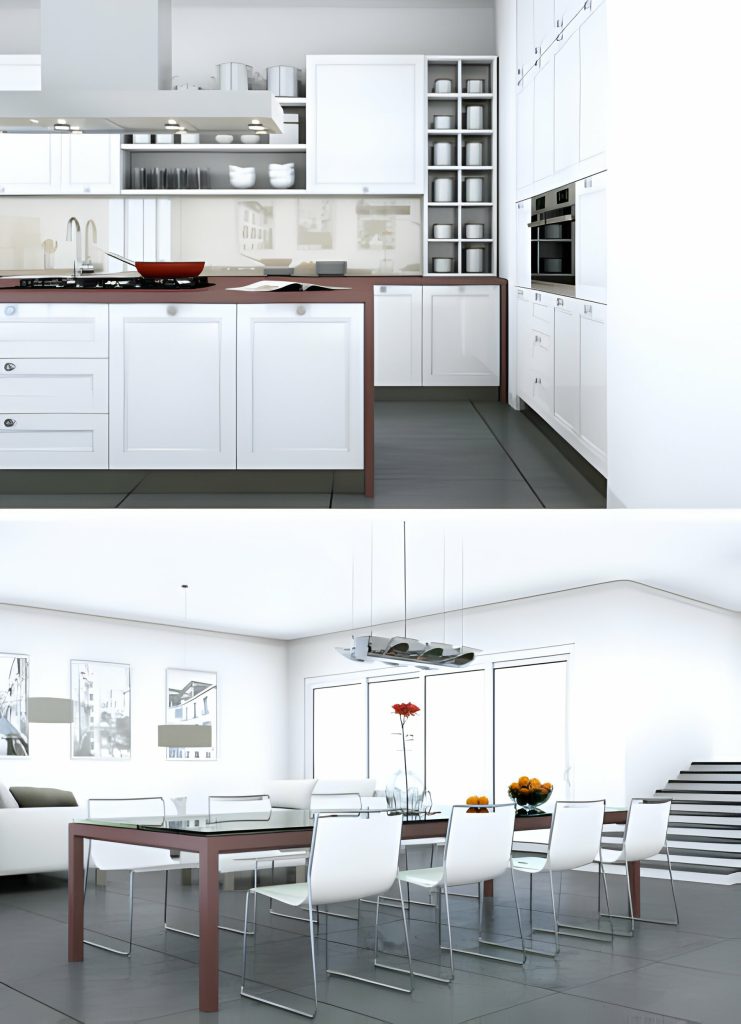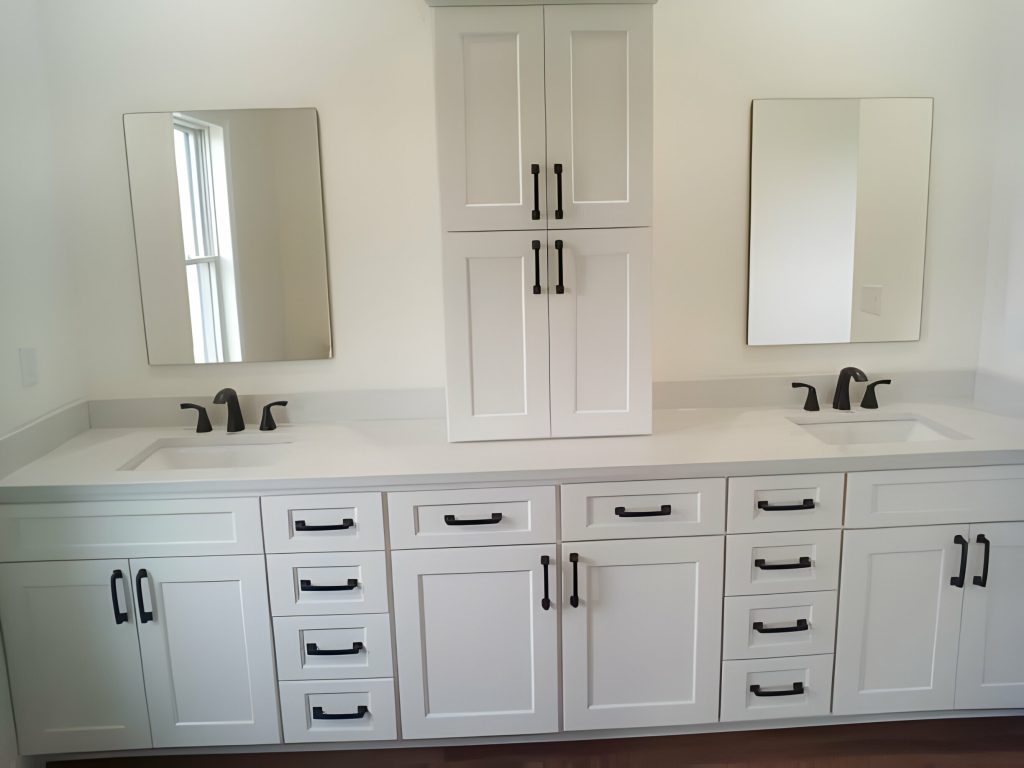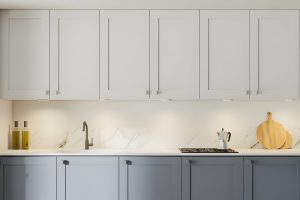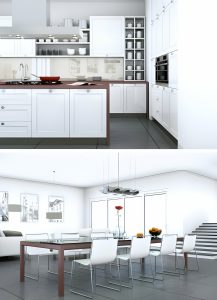Are you ready to update your kitchen with new cabinet doors? Before you start, it’s crucial to measure your cabinet openings accurately. In this article, we’ll guide you through the process step by step. You’ll learn how to gather the necessary tools, measure the cabinet opening, determine overlay and reveal, measure for hinge placement, and double-check and record your measurements. Let’s get started on your kitchen transformation!
Gathering the Necessary Tools
First, gather the tools you will need for measuring your kitchen cabinet doors. The most important tool you will need is a measuring tape. Make sure it is a reliable and accurate one, as precision is key when measuring for cabinet doors. When using the measuring tape, there are a few techniques to keep in mind. Start by aligning the end of the tape with the edge of the cabinet door and extend it across to the other end. Hold the tape firmly and ensure it is straight to get an accurate measurement. Avoid any bending or curving of the tape, as this can lead to inaccuracies.
It is essential to be aware of common measuring mistakes to avoid them. One mistake is measuring at an angle instead of straight across. This can result in incorrect measurements and ill-fitting cabinet doors. Another mistake is not taking into account any obstructions, such as hinges or handles, that might affect the measurements. Ensure that you measure the width and height of the cabinet door accurately, accounting for any protrusions. By being mindful of these common mistakes and utilizing proper measuring tape techniques, you can obtain precise measurements for your kitchen cabinet doors.
Measuring the Cabinet Opening
To accurately measure the cabinet opening for your kitchen cabinet doors, you will need to follow a few simple steps. Ensuring measuring accuracy is crucial to ensure that your new doors fit perfectly. Here are the steps you should take:
- Use a tape measure: A tape measure is an essential tool for accurate measurements. Make sure it is long enough to reach the entire width and height of the cabinet opening.
- Measure the width: Start by measuring the width of the cabinet opening from left to right. Take the measurement at the top, middle, and bottom of the opening. Note down the smallest measurement to ensure a proper fit.
- Measure the height: Next, measure the height of the cabinet opening from top to bottom. Again, take measurements at multiple points and record the smallest measurement.
Common measurement mistakes to avoid:
- Not measuring multiple points: Taking measurements at only one point may lead to inaccuracies. Measure at the top, middle, and bottom to account for any variations.
- Not measuring the smallest width and height: Cabinets may not be perfectly square, so it’s important to measure the smallest width and height to ensure a proper fit for your doors.
Determining Overlay and Reveal
To accurately determine the overlay and reveal for your kitchen cabinet doors, you will need to consider the measurements previously obtained for the cabinet opening. Overlay refers to how much the door overlaps the opening, while reveal is the amount of the cabinet frame that is exposed when the door is closed. Understanding these concepts is crucial for achieving the desired look and functionality of your kitchen cabinets.
When it comes to overlay, there are three common options: full overlay, partial overlay, and inset. Full overlay doors cover most, if not all, of the cabinet frame, creating a seamless and modern appearance. Partial overlay doors leave some of the frame visible, adding a traditional touch. Inset doors are set within the frame, resulting in a flush and classic look.
To determine the appropriate overlay for your cabinet doors, refer to the measurements obtained for the cabinet opening. Use the following table as a guide:
| Overlay Type | Overlay Measurement |
|---|---|
| Full Overlay | Cabinet Opening Width + 1 inch |
| Partial Overlay | Cabinet Opening Width + 1/2 inch |
| Inset | Cabinet Opening Width – 1/8 inch |
Once you have determined the overlay, you can decide on the reveal. The reveal is the gap between the door and the cabinet frame when the door is closed. It can vary depending on personal preference, but a standard reveal is typically 1/8 inch.
Choosing the right hardware is also important for achieving the desired overlay and reveal. Hardware options include hinges, knobs, and pulls. Make sure to consider the style and functionality of your chosen hardware when determining the overlay and reveal for your kitchen cabinet doors.
Measuring for Hinge Placement
Now that you have determined the overlay and reveal for your kitchen cabinet doors, it’s time to measure for hinge placement. Proper hinge placement is crucial to ensure the doors open and close smoothly and align correctly. Here are the steps to measure for hinge placement:
- Choosing the right hinge type:
- There are various types of hinges available, such as concealed hinges, pivot hinges, and butt hinges. Consider factors like door style, weight, and desired aesthetic when selecting the hinge type.
- Concealed hinges are popular as they provide a clean, streamlined look with no visible hardware. They are adjustable and allow for easy door removal.
- Adjusting hinge tension:
- Some hinges have tension adjustment screws that allow you to control the closing speed and the force required to open the door. This feature is especially useful for heavy or large cabinet doors.
- To adjust the hinge tension, locate the tension adjustment screw and turn it clockwise to increase tension or counterclockwise to decrease tension. Test the door after each adjustment to ensure a smooth operation.
Double-Checking and Recording Measurements
Make sure to double-check and record all of your measurements accurately. This is an essential step in the process of measuring for kitchen cabinet doors. By taking the time to double-check your measurements, you can ensure that your new cabinet doors will fit perfectly. One common measurement mistake is not using the correct measuring technique. When measuring for cabinet doors, it is important to use a tape measure and measure from edge to edge, ensuring that you are measuring the actual size of the opening. Another common mistake is not recording the measurements properly. It is crucial to record your measurements accurately and clearly, noting down the width, height, and depth of the cabinet opening. This will help you avoid any confusion or errors when ordering your new cabinet doors. By double-checking and recording your measurements, you can be confident that your new cabinet doors will be the perfect fit for your kitchen.
